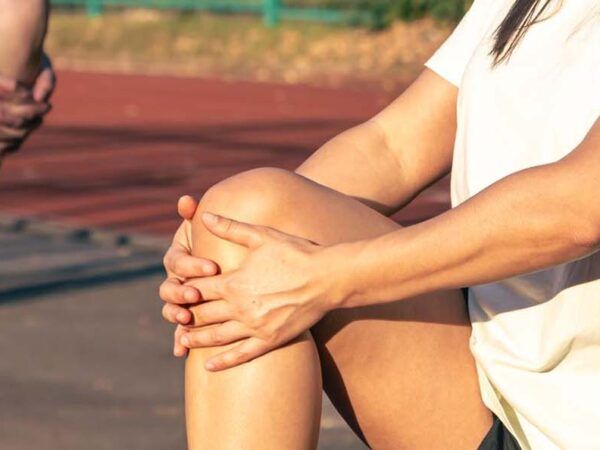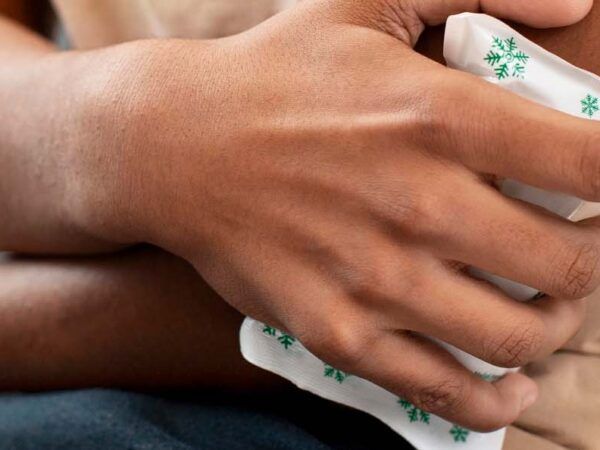What is osteoarthritis?
Osteoarthritis simply means that there is a bit of degeneration or wear and tear on the surface of our joints (for example the hips or knees) and this can lead to long term pain. To draw a parallel, who doesn’t acquire a few wrinkles as they age? Well, everyone! Some people may be more affected by osteoarthritis. Some develop it due to the overexertion and physical nature of their activities while others are simply less lucky and have a more important genetic component which predisposes them more to osteoarthritic symptoms.
Osteoarthritis and physical activity
Throughout our lives, our body may experience minor or major traumas, or injuries, which will put a strain on our musculoskeletal system. Indeed, whether through work, sports activities, leisure, or accidents, the various biomechanical constraints that our body will face can sometimes cause a little wear and tear over time. We are talking about, among other things, osteoarthritis.
Should I do physical activity or avoid it?
Perhaps you are saying to yourself right now: “But if my physical activities or leisure activities can cause me long-term osteoarthritis, then it is better not to do anything more to avoid damaging my joints! Well no, think again! In fact, long-term physical inactivity also has adverse effects on our joints. Indeed, the surfaces of our joints need to move, to have a certain compression to be “well-nourished and healthy”.
Therefore, a sedentary lifestyle and physical inactivity would deprive the joint of this “nutrition” to stay healthy. In fact, if one day you start to feel joint pain, for example in the knees, and it turns out to be osteoarthritis, it is important not to be afraid of moving for fear of “damaging” more your joints. There are many more benefits to moving than to remaining inactive.
For example, the benefits of physical activity are to maintain a functional level of mobility and flexibility, increase muscle strength, balance, proprioception, and agility, and other effects of physical well-being because of the activity.
Of course, it is important to emphasize the weight loss that can result from physical activity is beneficial to the reductions in pain caused by osteoarthritis. Indeed, a significant excess weight brings too much compression at the level of the joints, which deteriorates them more quickly. Therefore, losing weight is a strategy to consider helping reduce pain secondary to osteoarthritis.
Comment gérer l’arthrose
However, it is also very important to emphasize that osteoarthritis is not an inevitable outcome for everyone. Even if you have osteoarthritis, it does not necessarily mean that you will experience pain. On the other side of the spectrum, sometimes some people develop osteoarthritis more severely and this leads them to develop physical disabilities in their daily lives. Again, it is more beneficial to move than to stop physical activities.
However, in cases of severe osteoarthritis, we would rather talk about adjusting our sports activities. For example, we will favor the stationary bike or swimming in the pool since these are activities that put less load (pressure) on the joint while continuing to move the joint and therefore promote its lubrication.
In addition, you would benefit from strengthening weak muscles and stretching muscles to have good flexibility to promote a good movement pattern of the limb affected by osteoarthritis. Depending on where the problem lies with you (e.g., hips, knees, ankles, lumbar, etc.), rebalancing your muscles will help you.
Help from a physiotherapist!
Your physiotherapist will be able to tell you, following a complete evaluation, the best exercises for your condition. Despite everything, it happens in some people that the degeneration of their joint is so important that it requires surgery to regain a better quality of life. Fortunately, before getting to that point, several strategies can be put in place and your physiotherapist can accompany you throughout your journey.




